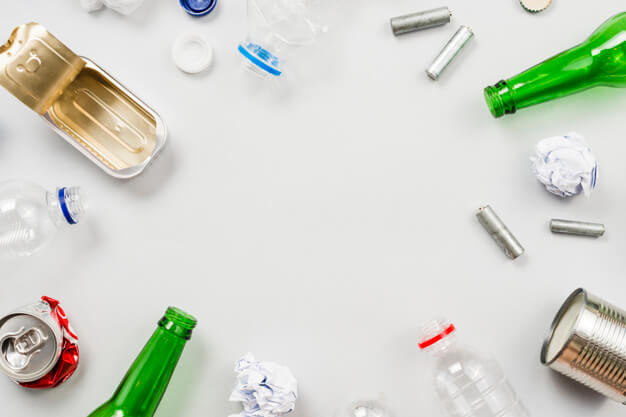In today’s world of manufacturing, plastic has become the most sought after material to choose from than the alternatives available in front of us. Also, the different variants of plastics are lighter than the other alternatives. For instance, just about two pounds of plastic can help pack and deliver 10 gallons of any beverage. To meet this requirement, on the other hand, you will need eight pounds of steel, three pounds of aluminum, and more than 40 pounds of glass. It is interesting to study the different variants of plastics used for packaging.

High-Density Polyethylene (HDPE)
We can say that High-Density Polyethylene (HDPE) is the most popularly used kind of plastic in the packaging arena. This plastic is used to make a large variety of containers and bottles. The bottles that are manufactured without pigments are translucent and possess stiff properties and good barrier characteristics. This plastic is highly preferred to pack products that have a very short shelf life like milk. The high degree of chemical resistance possessed by HDPEmake it the best option to pack detergents and bleach.
Low-Density Polyethylene (LDPE)
We find a predominant use of LDPE in several film applications on account of its flexibility, toughness, and relative transparency. Due to these desirable properties, they are highly suitable for application in environments where heat sealing is the right option. We also find the predominant use of LDPE in cable and wire applications and some flexible lids and bottles.
Polyethylene Terephthalate (PET, PETE)
Some of the most desirable properties of PET and PETE include clear visibility, toughness, and a high degree of gas and moisture barrier capability. This kind of resin plastic is used mainly in the beverage bottle industry and a number of other injection-molded containers used for several consumer products. There is also a huge demand for cleaned and recycled PET flakes and pellets for use as spinning fiber in the carpet yarn manufacturing industry and for manufacturing fiberfill and geotextiles.
Polypropylene (PP)
Polypropylene (PP) is found to be endowed with a great degree of chemical resistance. This is a very strong material having a very high melting point. So, it is an ideal option to store hot-fill liquids. Some of the industry segments that use this kind of plastic include automotive and consumer products.
Polystyrene
Polystyrene (PS)can be described as a versatile kind of plastic that can be either foamed or rigid. Polystyrene manufactured for general purposes is usually hard, clear, and brittle. Its melting point is very low. Some of the areas where it comes to be applied include food servicing, protective packaging, bottling, and food containers.
Polyvinyl Chloride (PVC, Vinyl)
Polyvinyl Chloride (PVC, Vinyl) is known for its high chemical resistance capabilities, flow characteristics, stable electrical nature, and wearability. Vinyl products include both rigid and flexible materials.
Thickness scanning system
All the different plastic producing firms require a precise thickness scanning system for ensuring consistency of the quality of plastic produced. Therefore, firms are investing in the state of the art thickness scanning and measuring systems available today.
For more information about Siddharth Lohia Please visit Lohia Mechatronik Private Limited.
Write for us
Vikas Sudan is the SEO Manager at whisskers marketing, an United States digital marketing agency. An expert in Digital Marketing and Blogging, He never misses an opportunity to spread the knowledge and share the industry’s best practices. Vikas Sudan is present on social media like Facebook, Instagram, LinkedIn, Pinterest & Twitter also.